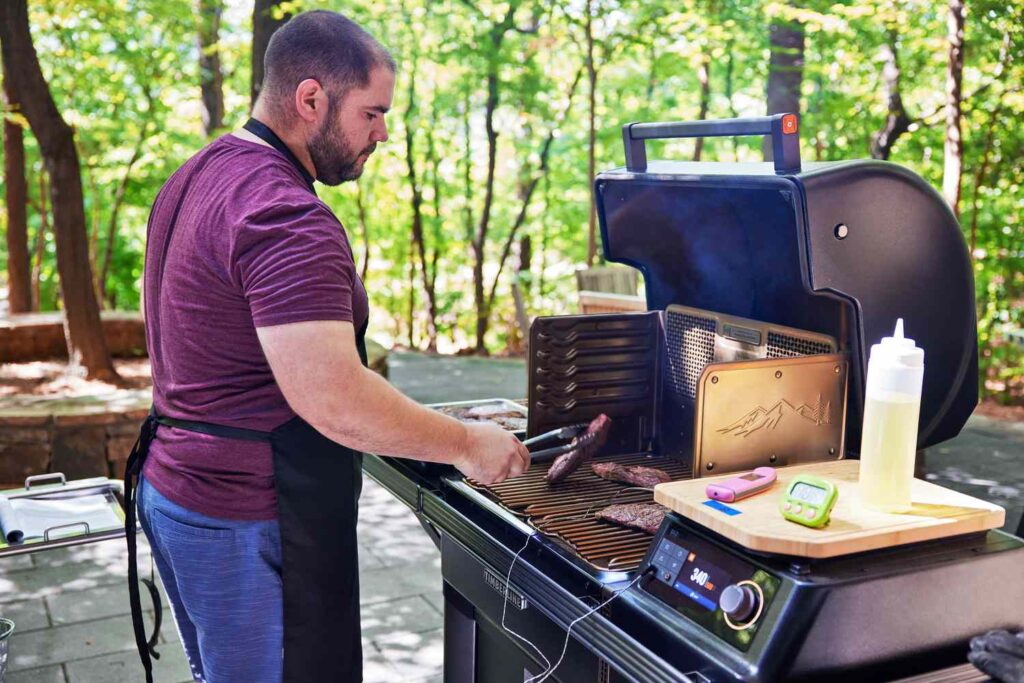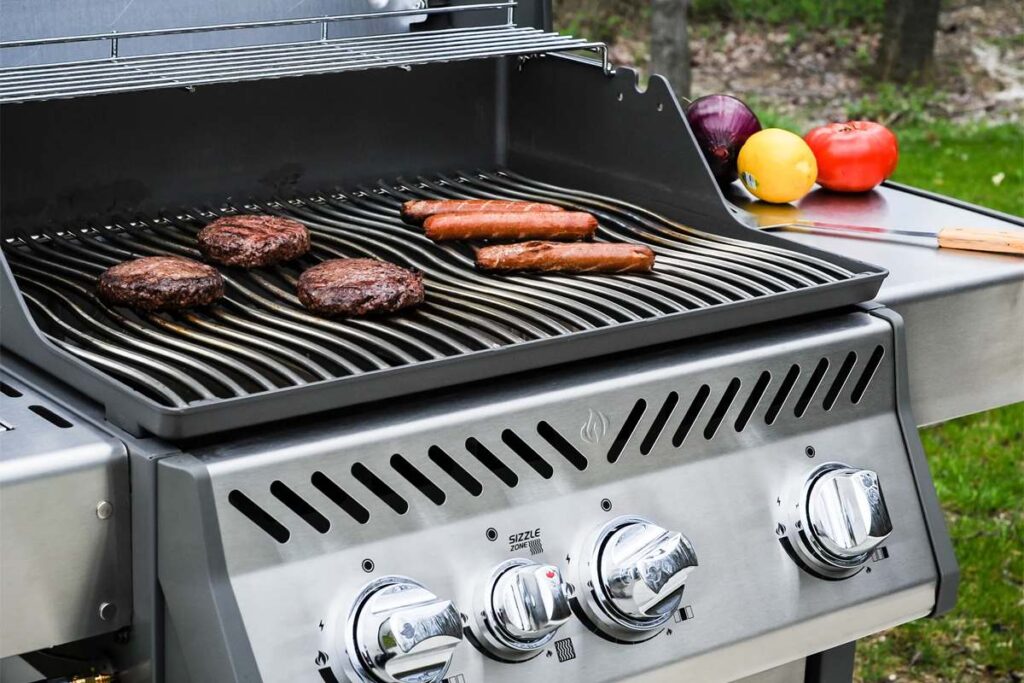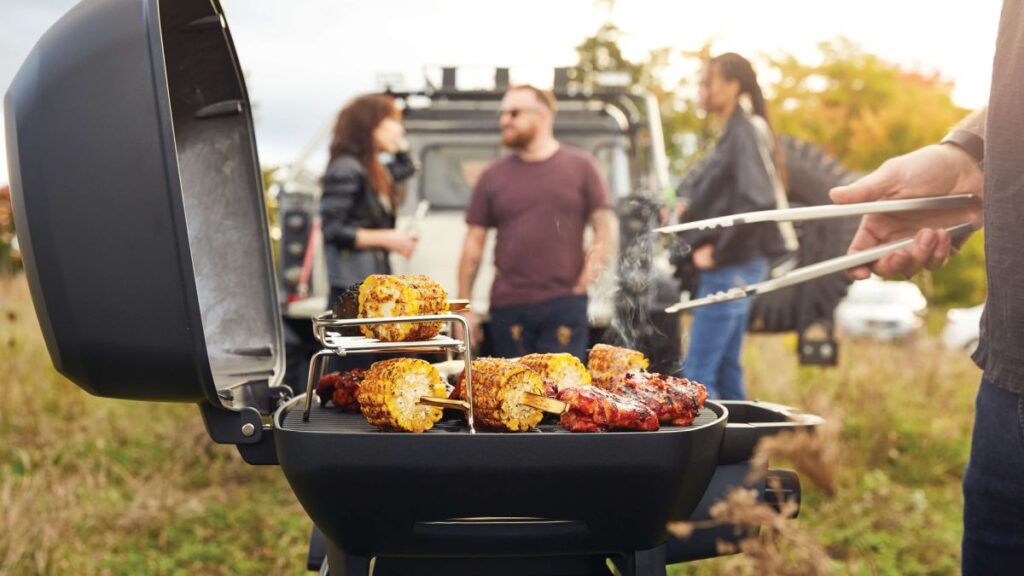If you feel like smoked meat tastes superior to any other dish you’ve tasted, that’s because it takes extra care and attention to cook it properly. However, smoking meat can be challenging, especially for people who are new to this cooking method. It takes a lot of work and suitable equipment to perfect this technique.
Let me show you how to smoke your meat like an expert if you appreciate a mug of ice-cold home brew and gourmet smoked meat as much as I do. Here are some helpful tips that I’ve gathered during my trials and errors.

1. Pick the Right Smoker
The first step to getting flawlessly smoked meat is choosing a good smoker. These appliances are available in a wide variety of shapes, sizes, and fuel kinds. When it comes to fuel type, the most popular ones are the gas smokers along with charcoal and electric designs. They’re incredibly adaptable, strong, and practical. Every model does, however, have specific benefits and drawbacks. I’ll break down the five most common varieties below so you can decide which one is best for you.
What are the Five Kinds of Smokers?
1. Gas/Propane: I suggest getting an easy-to-use gas smoker if you want consistent and accurate temperature control, easy ignition, and sturdy construction. The cooking chamber is usually placed on the upper half, the burner is at the bottom, and there are water dishes and wood chip trays in the centre. Electric and gas BBQ smokers are nearly identical. The only difference is that the latter employs a gas burner to generate heat.
2. Charcoal: These include two cooking chambers that are tall and thin. The dampers on the lid and base control the temperature and the amount of oxygen that the charcoal gets in the pan below. These devices provide great smoky flavours, as well as the renowned smoke ring and crust. Their only downside is their temperature control. You need to constantly monitor your charcoal smoker if you want to get evenly smoked meat.
3. Electric: These are vertically oriented and typically hold 3 to 5 food racks. This device has an electric heating element in the firebox that heats up the food. A water dish placed on top adds moisture to the firebox. Due to its ease of use, this type is excellent for beginners. Like the gas smoker, you only need to fill it up, set the thermostat to your preferred temperature, and let the meat cook for 6 to 8 hours.
4. Pellet: These devices have a pellet igniter under the cooking chamber that’s slowly supplied with pellets. The pellets burn, producing heat and smoke. The cooking chamber’s temperature in a pellet grill mostly maintains itself, so you don’t have to constantly monitor it. They leave a smoky flavour on the meat but lack the crust and smoke ring of charcoal.
5. Offset: These grills are best for seasoned professionals, due to their difficulty in maintaining a steady temperature. You can cook a large amount of meat on an offset smoker, which will give the meat a delicious smoky flavour.

2. Select Your Meat
It’s completely up to you what kind of meat you want to smoke. Ribs, brisket, and hog shoulder are the most popular choices for meats. But don’t stop there; you can also smoke whole fish and poultry, cheese, almonds, prime rib, legs of lamb, and even lamb shoulders. Certain tough meat cuts often don’t cook well with other methods, such as brisket, which you can’t eat until it’s smoked slowly at a low temperature. These meats have given rise to the art of smoking.
3. Control the Temperature
If you find temperature control difficult, I suggest getting a more beginner-friendly smoker, such as a gas barbeque smoker. This way you can fill it up, turn it on, and relax on your outdoor lounge with a cold beer.
However, occasional temperature control is still necessary. You should smoke meat at a temperature between 90 and 105 degrees (sometimes you can even go lower). Low temperatures allow the smoke to enter the meat and naturally soften it. Make sure that you have two thermometers – one within the gas BBQ smoker, close to the meat, and the other inserted into the meat to monitor the internal temperature.
4. Make Sure It’s Moist
Keep in mind that your device should be steaming rather than just smoking. For this purpose, it’s crucial to keep a full water pan while your meat is smoking. If your device is bigger, you’ll need to keep refilling the water dish. Although it’s totally up to you, adding a marinade or a sauce while you’re smoking the meat will help with the juiciness.

5. Decide on Cooking Time
There are three factors that you need to bear in mind when determining the smoking duration:
1. The kind of meat you’re smoking;
2. How thick the flesh is;
3. The temperature inside your device.
While brisket typically takes around 22 hours to cook, the average piece of meat only needs to smoke for 6 to 8 hours. Some chefs use the “3-2-1 rule” when it comes to smoking. You first smoke the meat for three hours, then you cook it for two hours under aluminium foil, so that the inside is completely cooked. Remove the foil during the last hour of cooking to give the meat’s surface a crisp finish! If your meat is perfectly smoked, it should have a pink ring that’s surrounding it.
Now that you’re equipped with the knowledge you need, head outside and smoke your meats while taking in your garden’s relaxing scenery!

